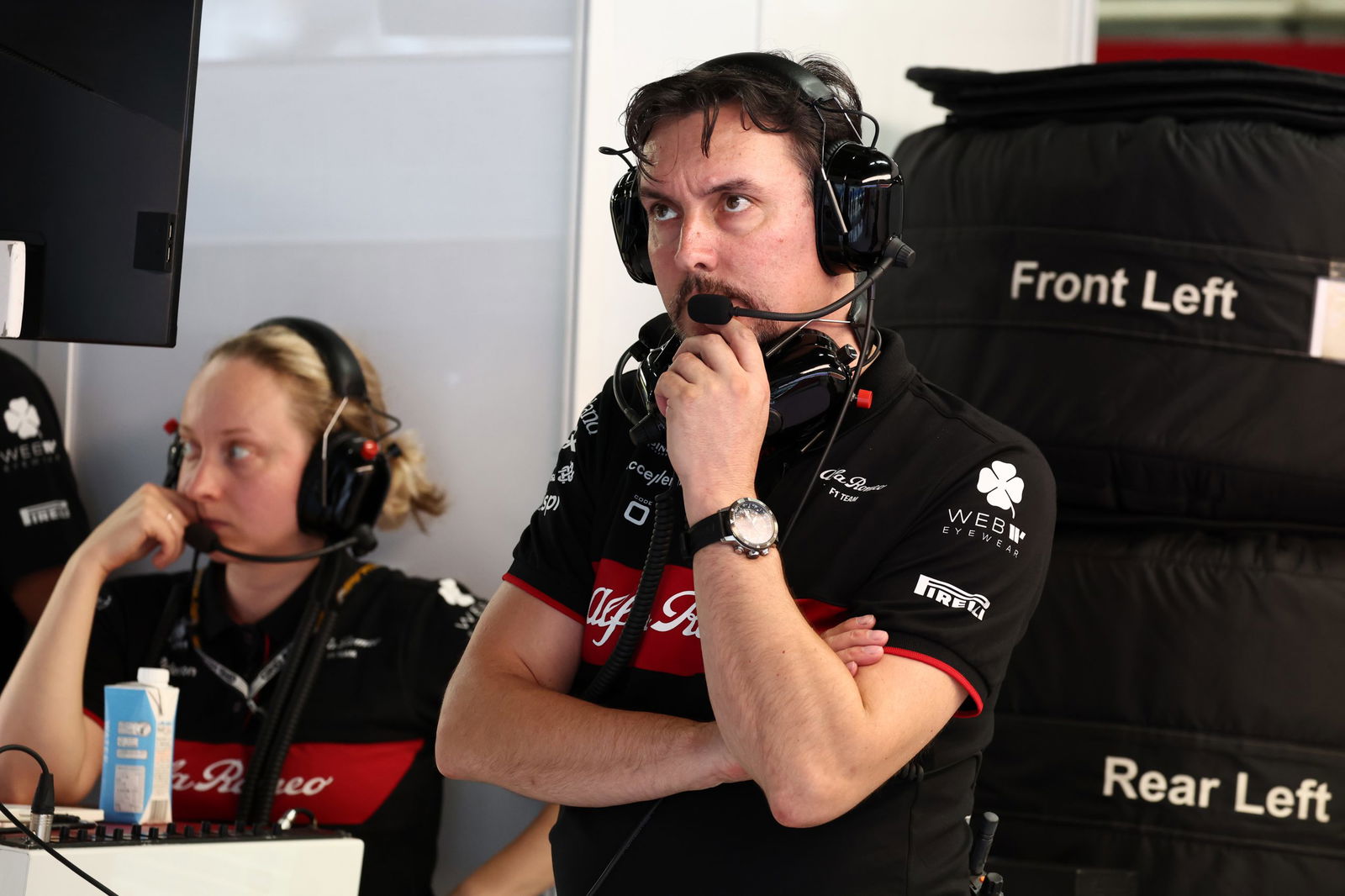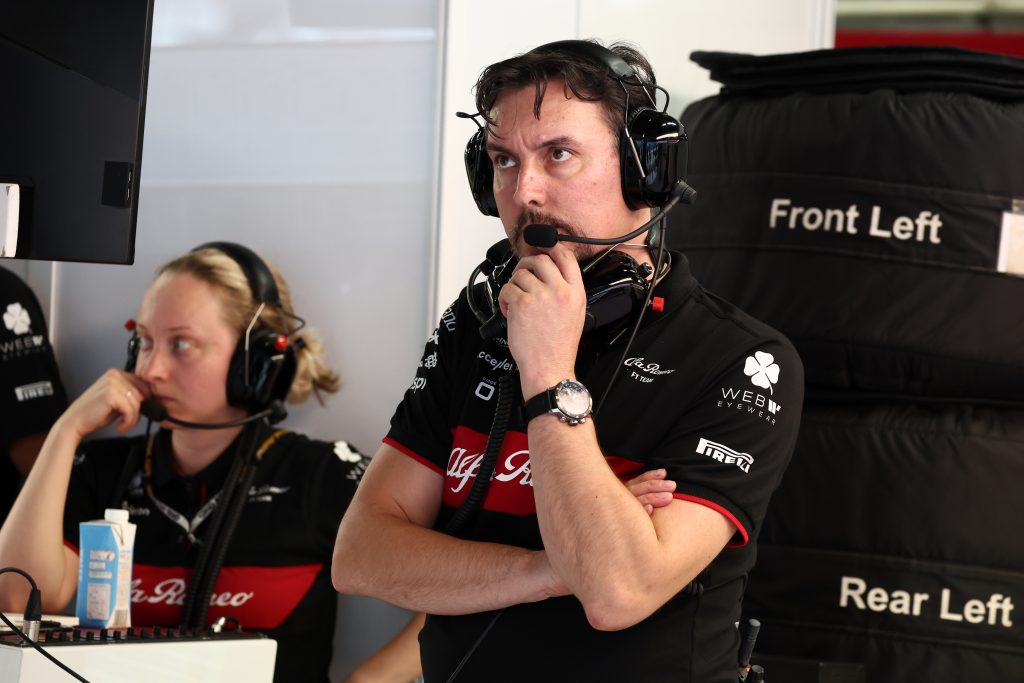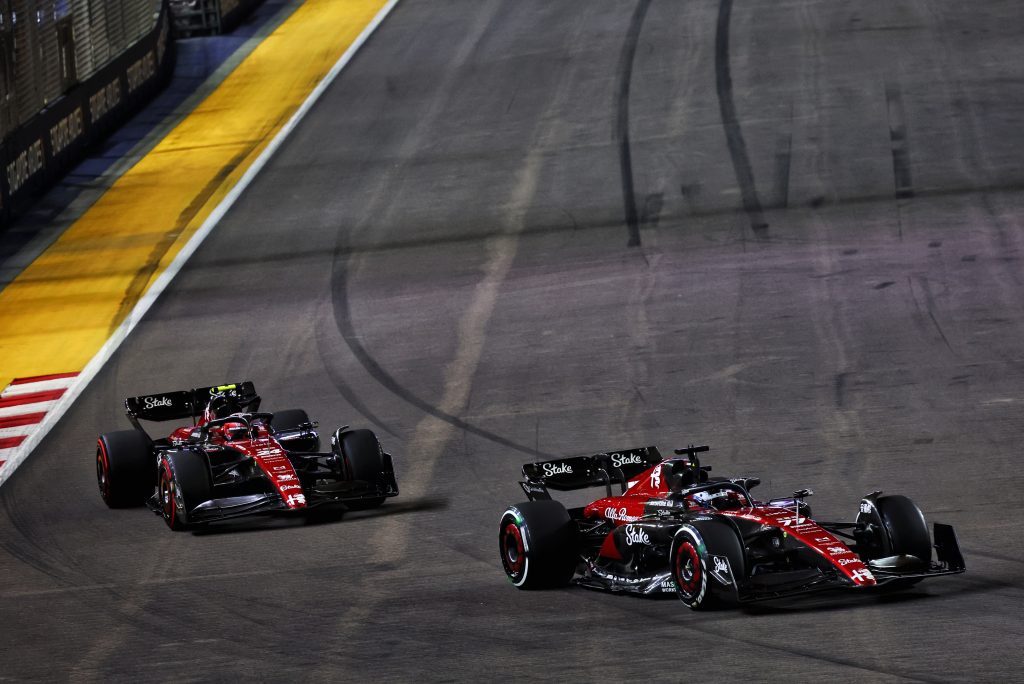

Alunni Bravi confirmed to Speedcafe late this past season that his team, under the new technical directorship of James Key, had been forced to abandon a concept of car implemented at the start of the ground-effect aerodynamic regulations last year as it had run out of steam in terms of potential development.
That was evidenced by the fact that after scoring 51 points in the first nine grands prix of 2022 under its former Alfa Romeo guise, it only managed 20 in the following 31 grands prix up to the end of the past season, making it the worst-performing team over that timeframe.
In making fundamental changes to the architecture of the car, Sauber will be locked into a new directional path from which it will be unable to deviate due to the major overhaul arriving in 2026 courtesy of a new power unit.
Alunni Bravi is acutely aware Sauber cannot afford to be off the pace again at the start of 2024, as was the case this year after conceding the wrong targets were set last winter. It was immediately apparent during pre-season testing that whilst gains had been made, they were far below those of their main competitors.
Sauber had to wait until the start of September for Key to arrive following a lengthy period of gardening leave after leaving his technical director role at McLaren and following Andreas Seidl from Woking to Hinwil.
“When he arrived, he conducted a huge analysis, together with our technical group, during the first two, three weeks in September,” said Alunni Bravi, speaking to Speedcafe.
“He wanted to see each area, how we designed the new car, charting the potential of each area.
“He took a lot of decisions, and we changed the concept in certain areas, simply because next year’s car, not just for us, but for many teams, will be a car that, in terms of baseline, will be there for two years.
“In 2025, we will have a big carryover, which means that next year’s car is very important.
“So James worked a lot to identify all our weaknesses to design a car, with a technical solution, that works.
“This assessment we will have in Bahrain, and not just for us, for everybody.”

Alunni Bravi agreed that if the team is again on the back foot, two years of struggle beckon before Sauber becomes a works outfit, with Audi taking over after being attracted by the new PU regulations.
“You’re right,” he said. “During the season you can develop the project, but we have seen that if you start with a deficit, it is difficult to make big steps, at least for us.”
One of the primary reasons the team is unable to make those big steps is due to its size compared to some of its major rivals, numbering just 550 employees, half that of those at the front of the grid.
Sauber also heads into the next two years without the support of Alfa Romeo, the Italian manufacturer ending a five-year partnership due to the impending arrival of Audi, albeit the fact its name wad above the door was more of a branding exercise than any major technical collaboration.
Despite Alfa Romeo’s departure, Alunni Bravi insists Sauber has a strong financial platform for the next two years.
“It’s not a matter of financial because we have the resources,” he said. “There’s never been a problem.
“Of course, you always want more, but we have this regulatory framework with the cost cap, so we need to work within a limited amount of resources, which means that efficiency is super important.
“I don’t want to find excuses. We know we are a small team. In terms of infrastructure, we are smaller than other teams, but I don’t think we are in a different situation than Williams.
“We simply need to look at the others, they have done a better job which means we need to do more.”
Alunni Bravi has confirmed the aerodynamic overhaul of the C44 has been substantial, a programme long in the making as the team recognised quickly change was required, only to go in the wrong direction 12 months ago.
Now finally on the right path, the planned “bigger step” should offer Sauber “more leeway to develop during the season”.
“We have a different concept to Red Bull, to the other teams, and we have seen that almost all of the teams went in that direction,” he said, regarding the all-conquering RB18 and RB19 which, combined, have won 38 of the past 44 grands prix under the current aero rules.
“This year, Aston Martin, of course, Williams and AlphaTauri, so, I think in terms of the aerodynamic concept of the car, this is the direction. Of course, each team has its interpretation.
“And we are not copying because you need to understand the concept. You need to do your own design and make it work.
“Of course, we already tested this concept at the beginning of the year. We started developing, working in parallel from March in our wind tunnel, the C44, next year’s car, so we have seen different potential.
“So it’s not a gamble. It’s a technical direction we are taking.”




















Discussion about this post